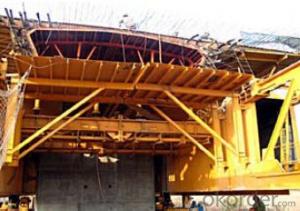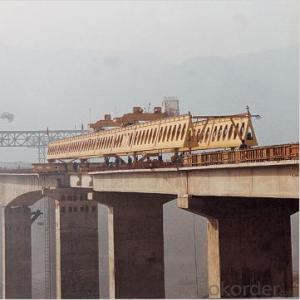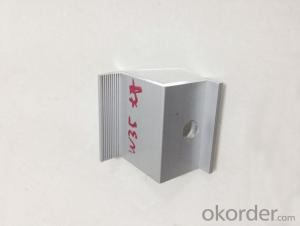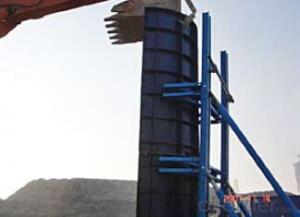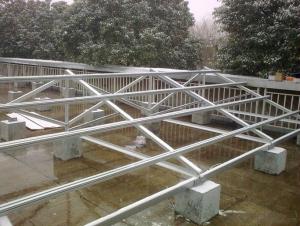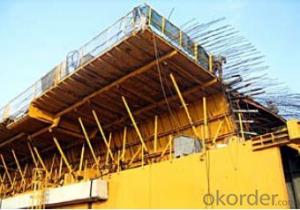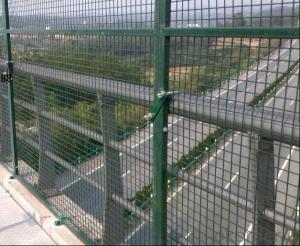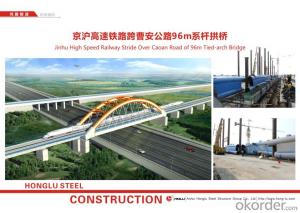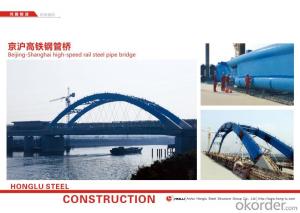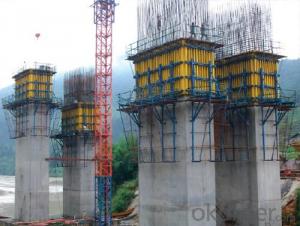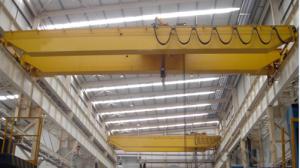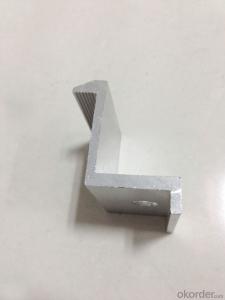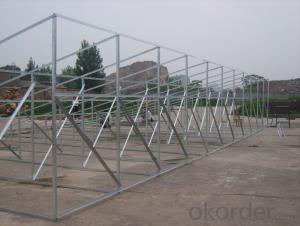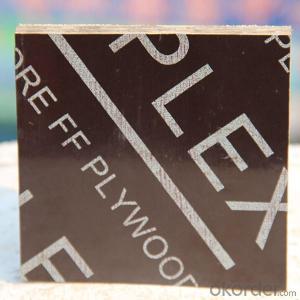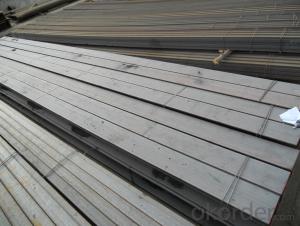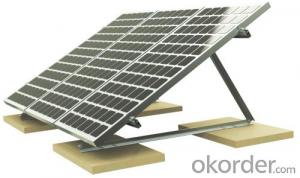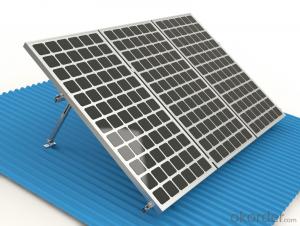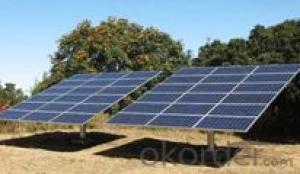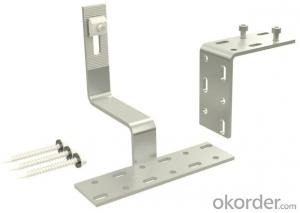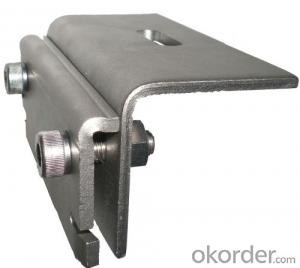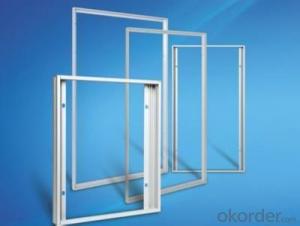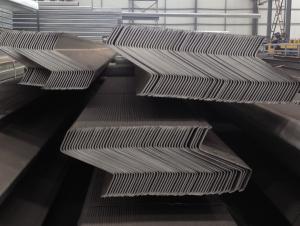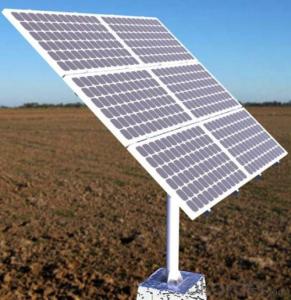Dayton Superior Bridge Overhang Brackets
Dayton Superior Bridge Overhang Brackets Related Searches
Power Generation For Dummies Inverter In Solar Power Plant Plastic Profiles Bamber Bridge Power Systems Free Shipping Power Cord Plug Replacement Power Generation Distribution Hydrogen Power Generation Power Electronics Inverters Single Span Bridge Simple Beam BridgeHot Searches
Upvc Roofing Sheet Manufacturer In India Roofing Materials Price List Roofing Iron Prices Cost To Waterproof A Basement Waterproof Plywood Cost Waterproof Mdf Suppliers Geogrid Material Suppliers Buy Roofing Sheets Online Grp Roofing Prices Geotextile Membrane Suppliers Breathable Roofing Felt Prices Roofing Tar Prices Bitumen Roofing Felt Suppliers Roofing Resin Suppliers Plant Troughs For Sale Plant Baskets WholesaleDayton Superior Bridge Overhang Brackets Supplier & Manufacturer from China
Okorder.com is a professional Dayton Superior Bridge Overhang Brackets supplier & manufacturer, offers integrated one-stop services including real-time quoting and online cargo tracking. We are funded by CNBM Group, a Fortune 500 enterprise and the largest Dayton Superior Bridge Overhang Brackets firm in China.Hot Products
FAQ
- Yes, solar mounting systems can be installed on flat concrete roofs. Flat roofs provide a suitable surface for mounting solar panels as long as there is enough space and structural support. The installation process may require specific equipment and techniques to ensure proper positioning and secure attachment to the concrete roof.
- Yes, a solar mounting system can be used with solar-powered weather stations. The solar mounting system provides a secure and efficient way to mount solar panels, which are used to power the weather stations. This ensures that the weather stations have a constant and reliable source of energy from the sun.
- Yes, solar mounting systems can be installed on mobile or temporary structures. These systems are designed to be versatile and adaptable, allowing for easy installation and removal on various surfaces and structures. Mobile or temporary structures such as RVs, trailers, tents, or portable buildings can benefit from solar power by utilizing these mounting systems.
- There are several advantages to using a ground-mounted solar system. Firstly, ground-mounted solar panels can be placed at the most optimal angle and orientation to maximize sunlight exposure, resulting in increased energy production. Additionally, ground-mounted systems allow for easier maintenance and cleaning, as they are more accessible compared to rooftop installations. They also offer flexibility in terms of scaling up the system size, making it easier to meet increasing energy demands. Furthermore, ground-mounted solar systems do not require any structural modifications to the roof, minimizing potential damage or leaks. Lastly, ground-mounted systems can be installed in various locations, including shaded areas, which may not be suitable for rooftop installations, thereby expanding the options for solar energy generation.
- Yes, a solar mounting system can be used with solar-powered environmental monitoring systems. The solar mounting system provides a secure and elevated structure to mount the solar panels, which are essential for powering the environmental monitoring systems. By harnessing solar energy, these monitoring systems can operate independently and continuously in remote or off-grid locations, making them an ideal combination for sustainable and reliable environmental monitoring.
- Yes, there are specific requirements for installing a solar mounting system on a rooftop with rooftop access hatches. These requirements may include ensuring that the mounting system does not obstruct the access hatches or interfere with their functionality. Additionally, it is important to consider the weight and load-bearing capacity of the rooftop, as well as any local building codes or regulations that may govern the installation of solar systems on rooftops with access hatches.
- Yes, there are several specific considerations for installing a solar mounting system in a snowy climate. Firstly, it is important to choose a mounting system that can handle the weight of snow accumulation. This may require using stronger and more durable materials, as well as ensuring proper anchoring and support structures. Additionally, the tilt angle of the solar panels should be optimized to allow for snow shedding. A steeper tilt angle can help prevent snow buildup and allow for better solar panel performance. Regular maintenance, such as snow removal, may be necessary to ensure optimal solar panel efficiency during the winter months. This can be done manually or by using automated snow removal systems. Lastly, it is crucial to consider the impact of reduced sunlight exposure due to shorter daylight hours and cloud cover in snowy climates. This may require adjusting the system's positioning and size to compensate for lower levels of solar radiation. Overall, careful planning, appropriate system design, and proactive maintenance are essential when installing a solar mounting system in a snowy climate.




